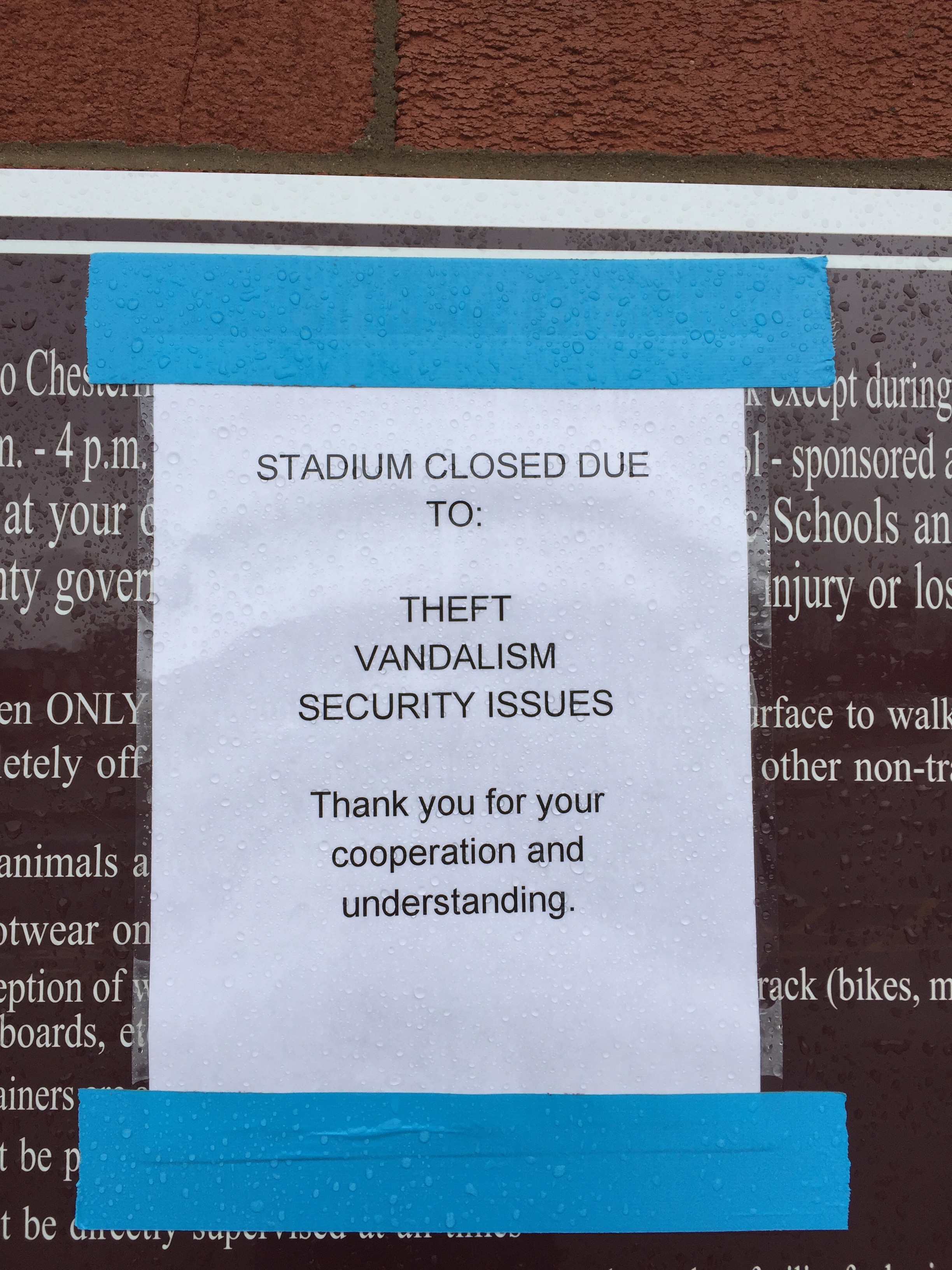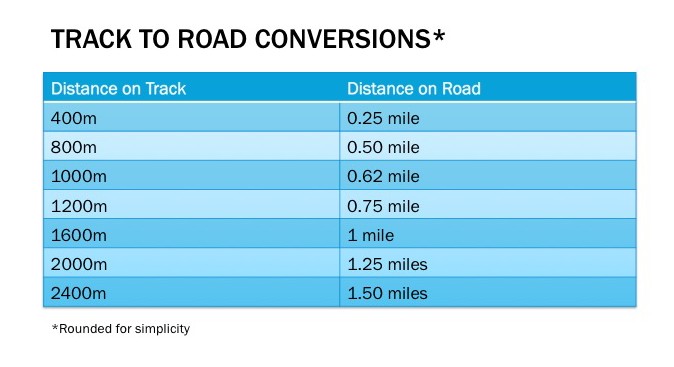Injured Runner = Easy Target
/Must resist the siren call of new running gear.....
An hour on the elliptical this morning was a poor substitute for a run. After yesterday's visit to the sports doc confirmed a small tear in the fascia where my gastroc meets my soleus, I was handed a sentence of two more weeks of cross training. I'm trying to take my cross-training-and-rest medicine like a good little runner but I've noticed something interesting happening to me during the past few weeks when I've been unable to run: I've been itching to buy stuff. And not just any stuff: running-related stuff. A new Garmin, a new outfit, new shoes - you name it. Little "buy this now" urges have been cropping up ever since my treadmill started collecting dust. Not wanting to give in to these urges, I've been digging deeper into WHY I am feeling this way. I have a theory: My brain has been tricked into thinking that all that shiny new running STUFF will equal a happier runner and propel me to a new PR this fall. But guess what? That couldn't be further from the truth.
We are bombarded with countless advertisements each day. Buy this! Huge Sale! Brand new version! Countless messages that prey on our insecurities and know just how easy it is to get us to part with our hard-earned money. As an injured runner I seemed to find myself even more susceptible to the advertisers' sneaky tricks. Here's why:
Loss of control: When we are injured, we are directly faced with a loss of control. We have very, very limited control over how long it will take our bodies to heal, and we are forced to sit with that discomfort and that feeling of helplessness. It's not pretty. Our minds want to run from that discomfort and so they try desperately to find something to make us feel like we are in control - and that often ends up resulting in a purchase. That little rush of satisfaction you get when you click "Buy Now"? That's real, but it's fleeting at best and not an effective way to deal with your emotions. We purchase new clothing or new shoes, or get the latest gadget - anything to help us feel less helpless and convince ourselves that we are actively taking steps back towards that runner we want to be: in control, back on the roads, running well and ready for a new PR.
Fear: Let's face it: Deep down we all face running-related fears. We worry that we'll have to give up on our "A" race when we get sidelined with an injury. Or worry that we'll never be the runner we aspire to be. You may be worried that your comeback won't go well and you'll never get back to your previous level of fitness. Or you might be afraid of never being able to get your goal - no matter how hard you try. These fears are so very real and personal to us. And the marketing departments of companies know that - and prey on it. They market to those fears - to convince you that once you have this new shirt/gadget/pair of shoes you'll be back on top and setting PRs.
Feelings of inadequacy: "You aren't good enough". The subliminal message marketers want to us to hear is "you aren't good enough without our product". It's what drives us to purchase a cute technical t-shirt even though we have 25 free t-shirts from races already stuffed in our dresser. It's what tempts us to upgrade our already more-than-adequate GPS watch to the latest version with all of the bells and whistles. The unspoken rule being "you won't be a good runner until you have THIS". We are all good enough. WITHOUT those new, shiny things. A new technical t-shirt won't make us suddenly run faster, and a new GPS watch won't magically propel us to a new PR.
All of these items that we feel we "need" to buy don't really give us control, or help us cope with our fears. We hope they will, but ultimately they don't. We will always have to deal with uncertainty and fears that we aren't good enough. It's been ugly these past few weeks as I've come face-to-face with the constant temptation to comfort myself and my restless brain by buying something running-related to make myself feel better.
So what’s the solution? I certainly don't have all of the answers, but I can offer you a few ideas that have helped me:
- Sit with the discomfort. Recognize it, and acknowledge it, but don't give in to it.
- Put the item you want on a 30-day buy list. If you still want it at the end of those 30 days, then buy it. Chances are, the urge to purchase it and the fear that was driving you will have faded.
- Do something else - go for walk, write, draw, read. Meditate or pray for 10 minutes.
- Be gentle with yourself. Find comfort in talking to a friend or loved one. A good friend sensed my anxiety over my injury through a text message last night and called me. It was just the support I needed and made me so grateful for her friendship. Before you try to solve your anxiety or sadness through shopping, call a friend instead.
A lot of us type-A runners really struggle with the loss of control when we are injured, but we can recognize that buying more running-related STUFF isn't the answer. In the end, most of the time our bodies will heal and we will be able to get back to running and doing what we love. But in the interim, in that difficult time that is filled with uncertainty and fear, we need to give ourselves love and grace - NOT piles of shiny new stuff. Your future self (and bank account!) will thank you. :)











